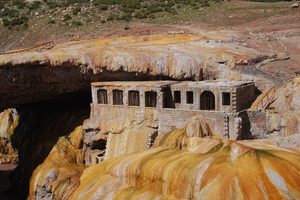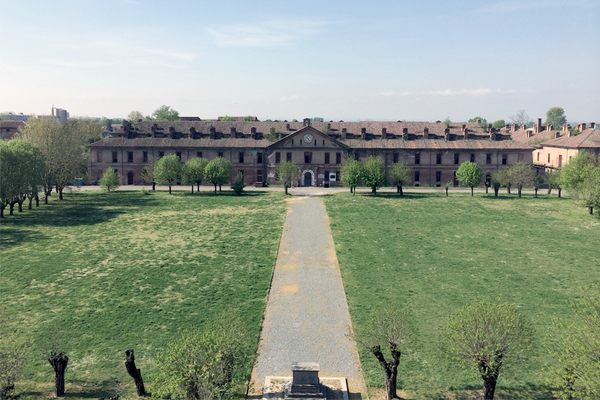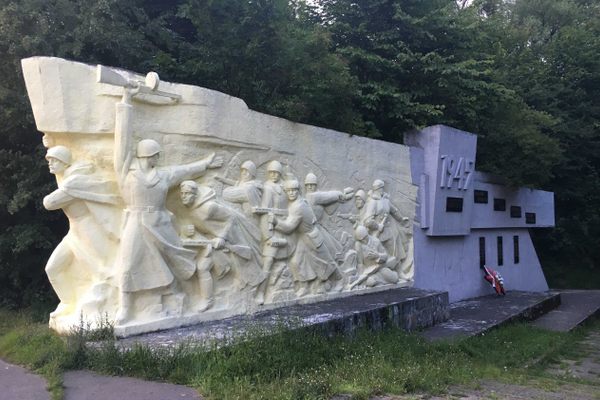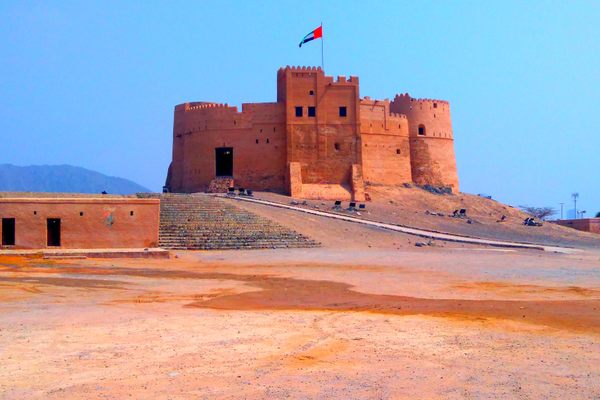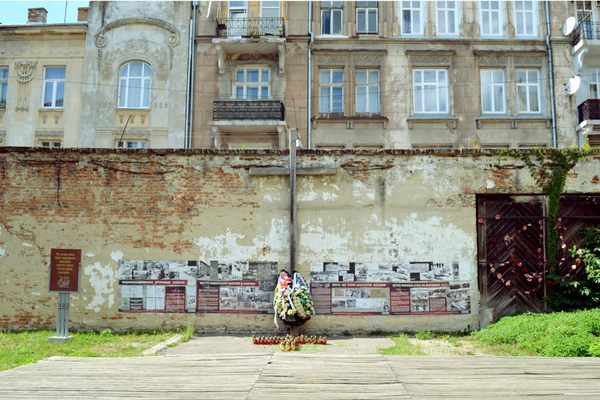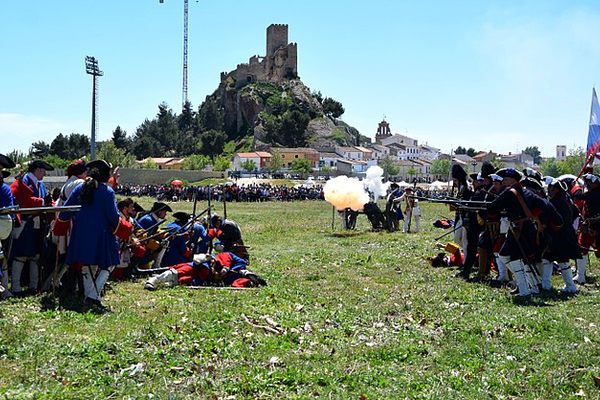About
The name Argentina translates to "Land of Silver." This name was given to the region based mostly on rumors that massive amounts of silver existed across the landscape. The vast deposits of the precious metal never materialized, but the name stuck. However, in Uspallata exist a rare example of mining activity that did occur in the region.
Bóvedas is the Spanish word for vaults. However, the primary function of this site was to act as a smelter. Metallic ore from the nearby mines of Paramillos was crushed and smelted into ingots. The egg-shaped domes acted as charcoal furnaces used to heat and melt the ore. This operation was constructed by Jesuits in the late 1700s, but there is some evidence of such activities taking place at this location during the pre-Colombian period.
High in the Andes Mountains, Uspallata is a strategic location on the road to Chile. General San Martín passed through the area on his way to liberate Chile from Spanish rule in 1817. It is rumored that the buildings of Las Bóvedas served as the headquarters and warehouses for the Army of the Andes as they planned their attack. It's even been suggested that the foundries were used to create the cannons used in his operations.
There is little evidence proving San Martín ever used the buildings. But during the 1920s, just the possibility that it may have occurred was enough to spark interest in preserving the site. In addition to displays of the facility's metallurgic history, the small museum also showcases some history of the 1817 campaign to liberate Chile.
Related Tags
Published
February 16, 2021
Sources
- https://en.wikipedia.org/wiki/Argentina
- https://en.wikipedia.org/wiki/Sierra_de_la_Plata
- https://en.wikipedia.org/wiki/Uspallata
- https://historiaybiografias.com/historia_las_bovedas/
- https://paramillosdeuspallata.wordpress.com/2011/12/16/historia-de-paramillos-de-uspallata/
- https://www.minasdeparamillos.com/home
- https://en.wikipedia.org/wiki/Crossing_of_the_Andes





























